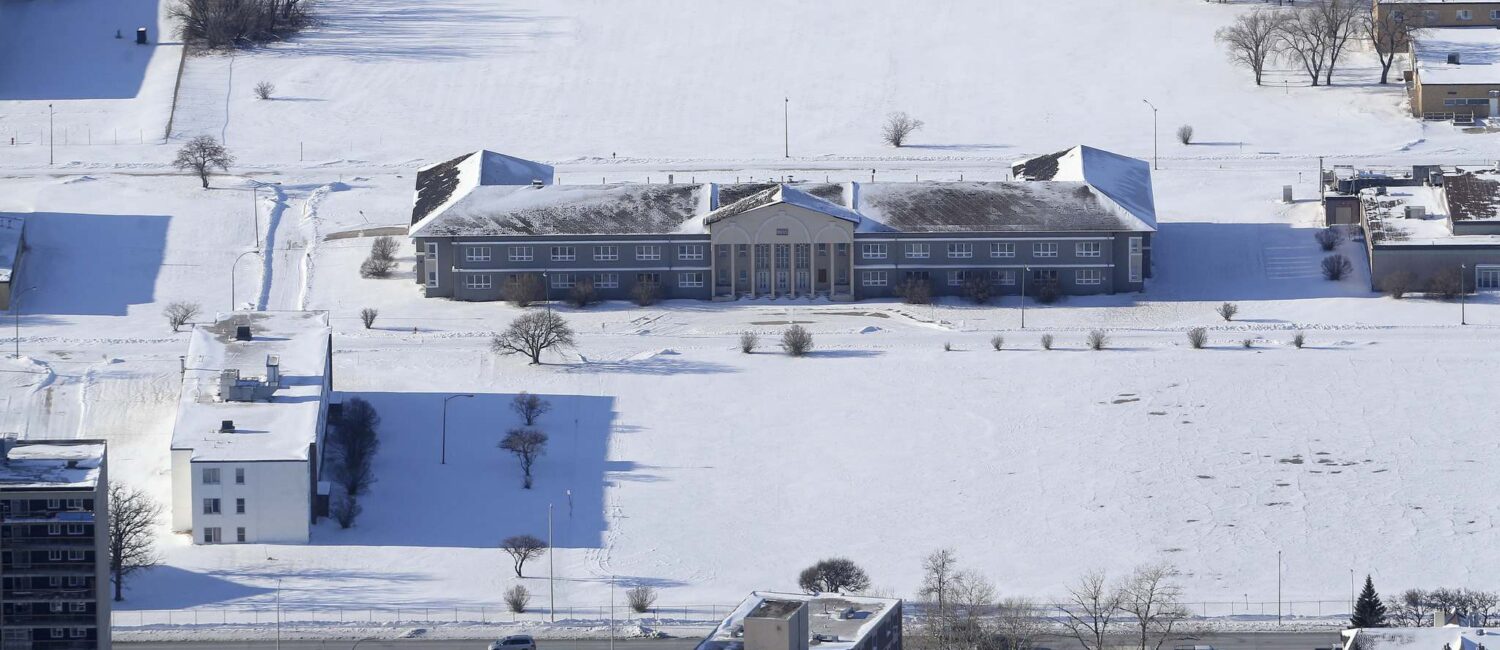OTTAWA — Almost 14 years after the Canadian military decamped from Kapyong Barracks, the federal government is set to sign an agreement with Treaty 1 First Nations, marking the first public sign of progress in divesting the property in years.
Defence Minister Harjit Sajjan’s office said he’ll be in Winnipeg on Wednesday to announce “the next milestone” for Kapyong. Treaty 1 First Nations are preparing a ceremony that morning.
Multiple sources told the Free Press both sides have reached a significant agreement, though it’s unclear what that means. It could be a formal document, or an announcement revealing how the former Canadian Forces site will be used.
Long Plain First Nation Chief Dennis Meeches, who speaks on behalf of the seven bands seeking control of Kapyong, said Ottawa will announce the event through a Tuesday news release.
“The Treaty 1 chiefs basically have a bit of a gag order on them on this file, until Wednesday. Everybody’s agreed not to make any statements on it,” Meeches said Monday.
Natural Resources Minister Jim Carr, the sole Manitoban in the federal cabinet, is expected to be at the announcement. He wouldn’t specify what the news was, but confirmed it was a major step for divesting the property.
“It’s gonna happen very soon,” Carr said Sunday, with a wide grin. “Really soon.”
Public Services and Procurement Minister Carla Qualtrough, who oversees Canada Lands Co., will not be at the ceremony, which suggests the Crown corporation does not have a major role in the property, at least so far.
CLC oversees land owned by the federal government, and has redeveloped several military bases closed in the 1990s, often in lock-step with local First Nations but never as an urban reserve.
Meeches reiterated Monday Treaty 1’s intentions have always been to create an urban reserve. He’s said that could include everything from educational institutions and museums to a gas bar or casino.
Crown-Indigenous Relations Minister Carolyn Bennett, who is involved in the creation of reserves, was invited to Wednesday’s event but will be unable to attend.
It seems likely the announcement will be an incremental step in transferring the property, as Bennett’s office would normally rearrange scheduling in order to have her attend the creation of a new reserve in a prime location. The announcement also comes shortly after the Free Press published a multi-story series on the lack on inaction on the Kapyong Barracks.
In June 2004, the second battalion of Princess Patricia’s Canadian Light Infantry decamped to CFB Shilo, east of Brandon, and the federal government tried transferring the land directly to Crown corporations.
Treaty 1 sued Ottawa in 2008, sparking a drawn-out court battle. Treaty 1 argued Ottawa failed to adequately consult the local First Nations over the land; judges in most of the hearings agreed with the them.
The former Harper government abandoned legal proceedings in fall 2015. Since then, Treaty 1 officials have met with federal officials roughly once a month.
Buildings on the Winnipeg site have sat largely untouched during the legal dispute, falling into a state of disrepair.
Kapyong sits in Carr’s riding, as does neighbouring River Heights and Tuxedo. He has pushed to have the property out of Ottawa’s hands before the fall 2019 federal election. That’s also when the military expects demolition of various buildings at Kapyong to be complete. It’s unclear how many buildings, if any, will be left standing.
In recent interviews, Meeches told the Free Press negotiators discussed the base’s “purchase price” on Jan. 24, and they’d previously discussed how the land would be divided.
Winnipeg Mayor Brian Bowman’s office said he hadn’t received an invitation and wasn’t aware a ceremony was being planned.
“Mayor Bowman remains committed to collaborating on economic development opportunities at Kapyong, and looks forward to hearing what further progress has been made at the federal level in this regard,” wrote spokesman Jonathan Hildebrand, adding Bowman has touted the concept of Aboriginal economic-development zones.
The area’s city councillor, Marty Morantz, was also unaware of the event.
“I would like to see the lands developed,” he said. “Whether they are developed by Indigenous groups or the private sector, or a joint venture between them, such development will be positive for all Winnipeggers.”
— with files from Aldo Santin









